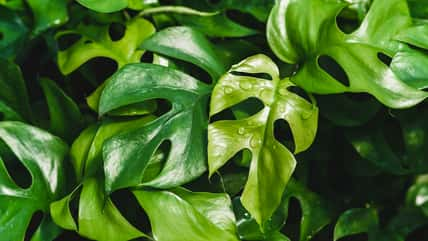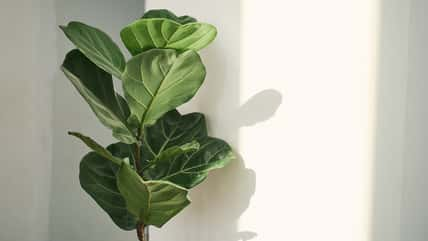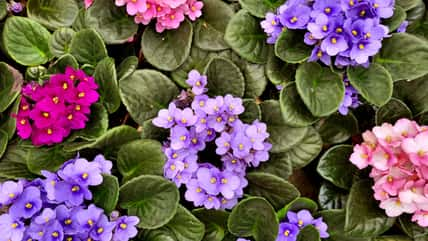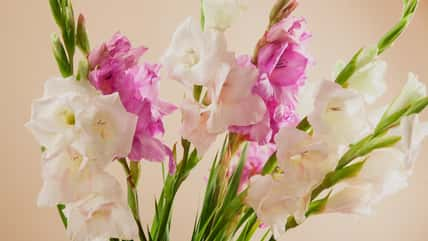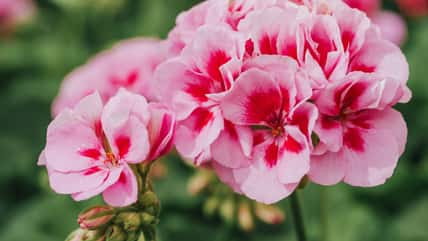How To Care For An Angel Wing Begonia, A Houseplant That Combines Elegance With Drama

If you’re searching for a houseplant that combines elegance with drama, the angel wing begonia is a stunning choice. Known for its striking, angel wing-shaped leaves and vibrant, colorful blooms in pink, orange, red, and white, this cane-type begonia is one of the easiest begonias to grow.
Native to the Brazilian tropics, the angel wing begonia can bring a touch of tropical flair to any indoor space. Its upright stems and unique dotted leaves make it a favorite among gardeners.
With just a bit of attention, you can help this plant thrive inside your living space. Here’s how.
How To Care For An Angel Wing Begonia
First, to help angel wing begonia flourish indoors, it’s important to maintain warm temperatures.
It does best in environments between 65°F and 75°F, and any temperatures below 50°F can cause leaf damage or potentially kill it.
So, you must protect this plant from drafts, whether they be from air conditioners in the summer or windows in the winter.
Aside from preferring to stay warm, angel wing begonias also appreciate humidity. You can place it in a naturally humid spot, like your kitchen or bathroom, and mist it regularly to keep moisture levels in check. Those with homes on the drier side can put a small humidifier nearby.
Next, the potting mix that begonias are typically bought in works just fine. But eventually, you may need to repot the plant to allow for growth.
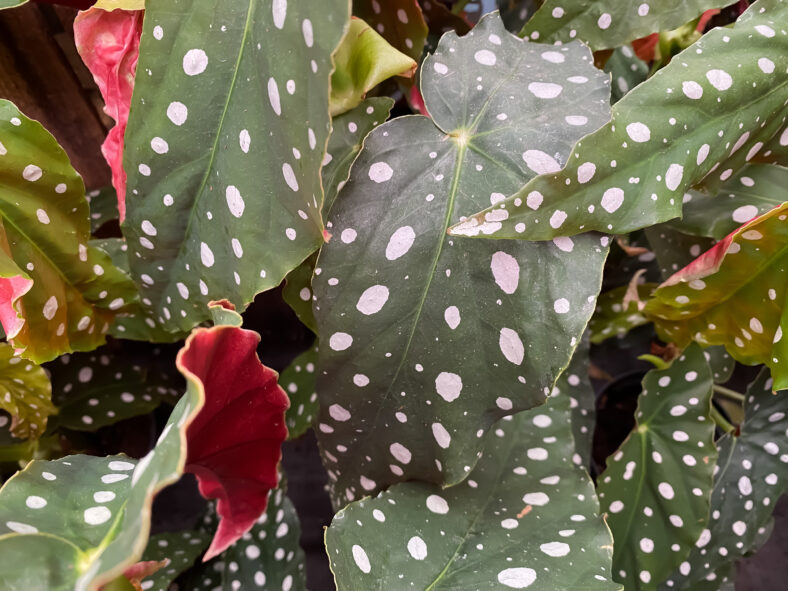
Sign up for Chip Chick’s newsletter and get stories like this delivered to your inbox.
When kept indoors, angel wing begonias prefer a light, airy, and well-draining potting mix. Since their roots are delicate, it’s best to avoid using heavy soil mixes or garden soil, which can hinder proper drainage.
You can feed your angel wing begonia with liquid fertilizer weekly at a quarter strength to encourage optimal growth and vibrant color.
Or, if you’d prefer to fertilize biweekly, use fertilizer at half strength. You’ll also want to switch to a high-phosphorous fertilizer in late winter or spring to boost the chances of blooms.
When deciding where to put this variety, keep in mind that it thrives in bright, indirect light throughout the year. Should you not want to have your plant bloom, leaving it in partial shade will let it grow without producing any flowers.
If your home doesn’t have enough natural light, particularly during the colder months, you can always supplement with artificial light. As a general rule of thumb, aim for at least two to four hours of sunlight daily, or use grow lights to keep your plant healthy.
As for watering, the angel wing begonia enjoys consistent moisture, and if its leaves begin to brown, that’s a sign it needs a drink. You should water the plant whenever the soil feels dry about an inch down, giving it a thorough soak and allowing any excess to drain away.
Angel wing begonias can grow to become quite large, and their stems might become somewhat brittle. To prevent damage to the canes, it’s a good idea to stake larger plants.
Plus, you can maintain your plant’s compact and bushy shape with some pruning, pinching off the top-growing shoot once it reaches about six inches tall to encourage lateral branching.
Then, after a full season of growth, it’s recommended to prune the plant back to six inches two more times to promote density: once in the winter and once in late spring.
Finally, angel wing begonias can sometimes face common houseplant pests, such as powdery mildew, mealybugs, or whiteflies. If you spot any, treat your plant with a mild insecticide or neem oil until the pests are fully eliminated.
More About:Gardening
